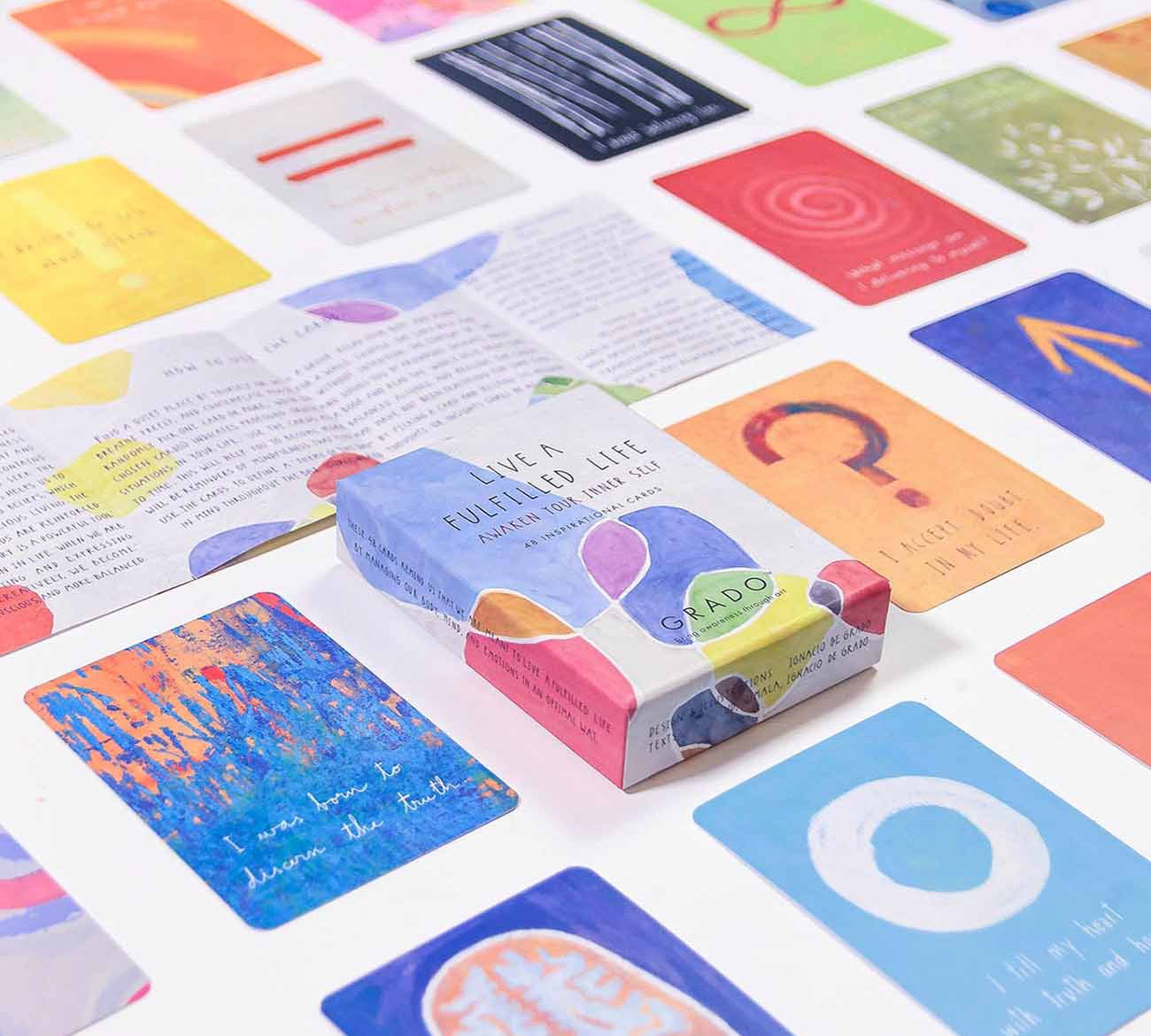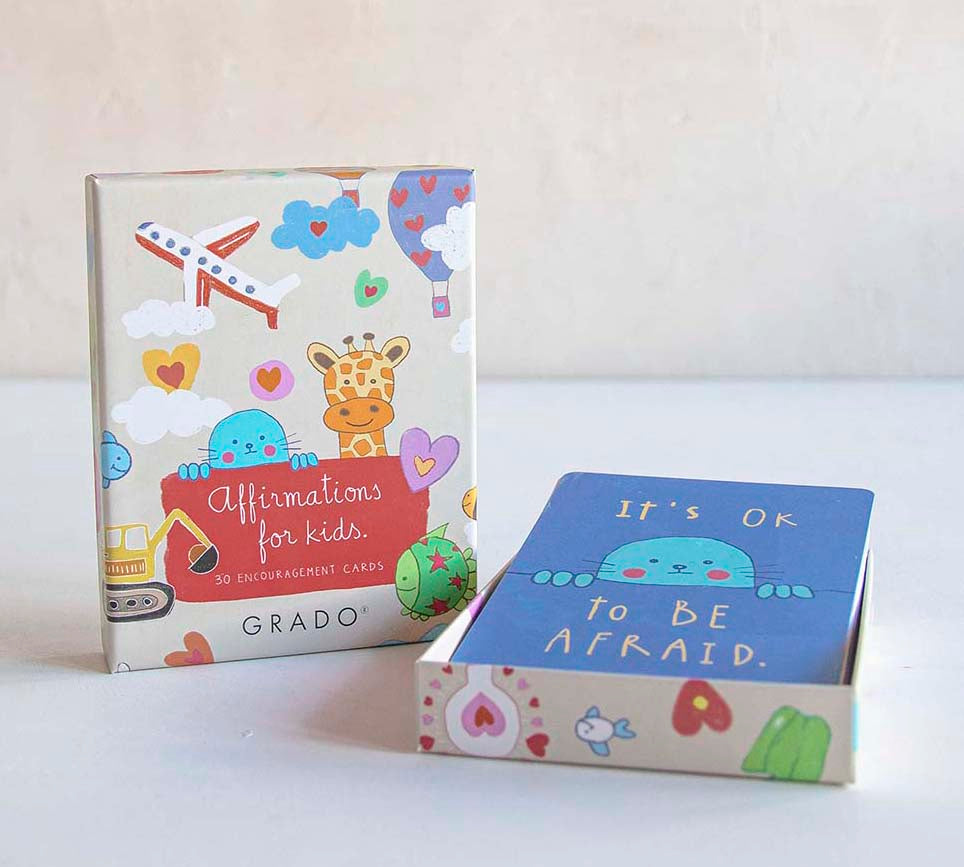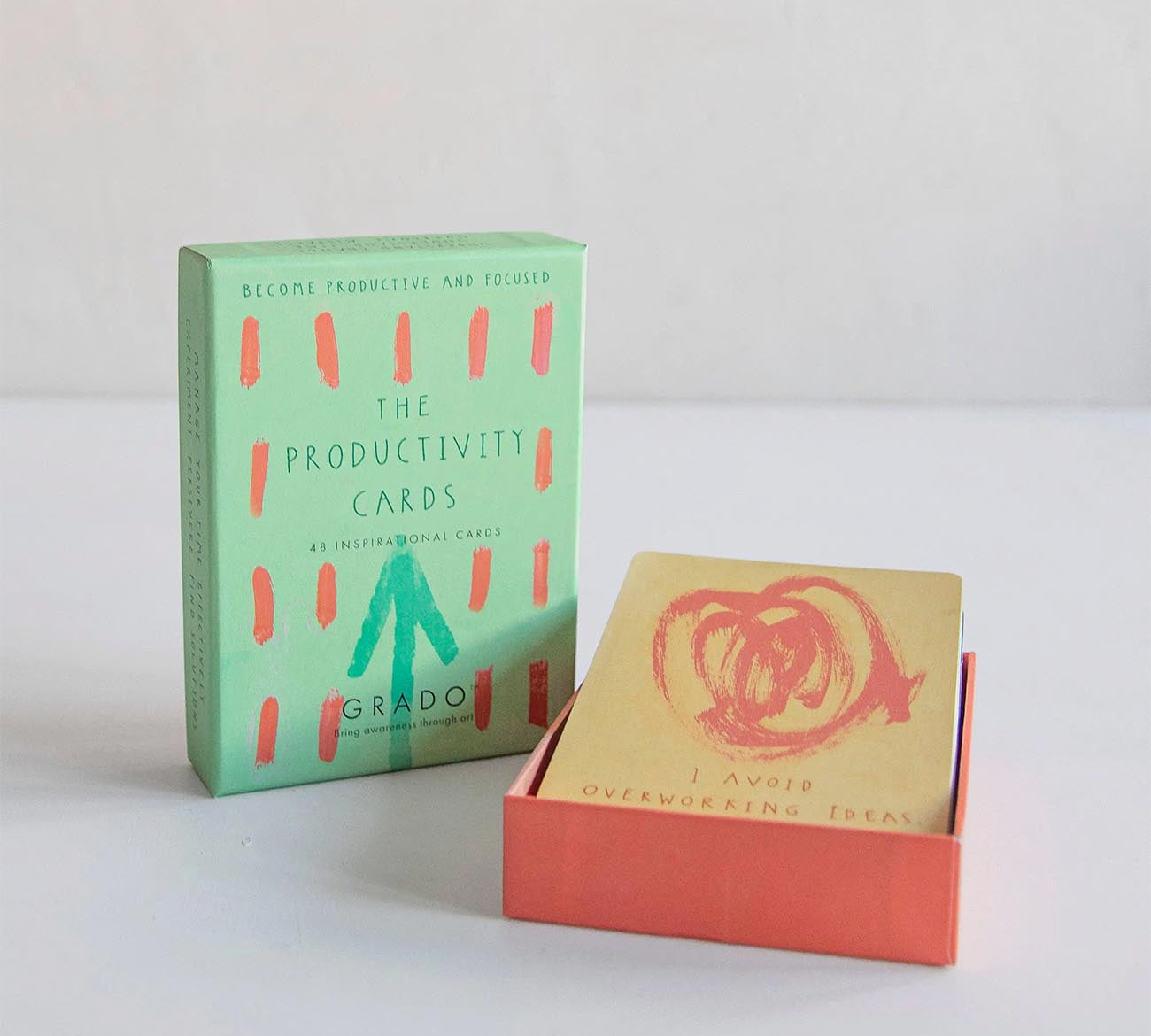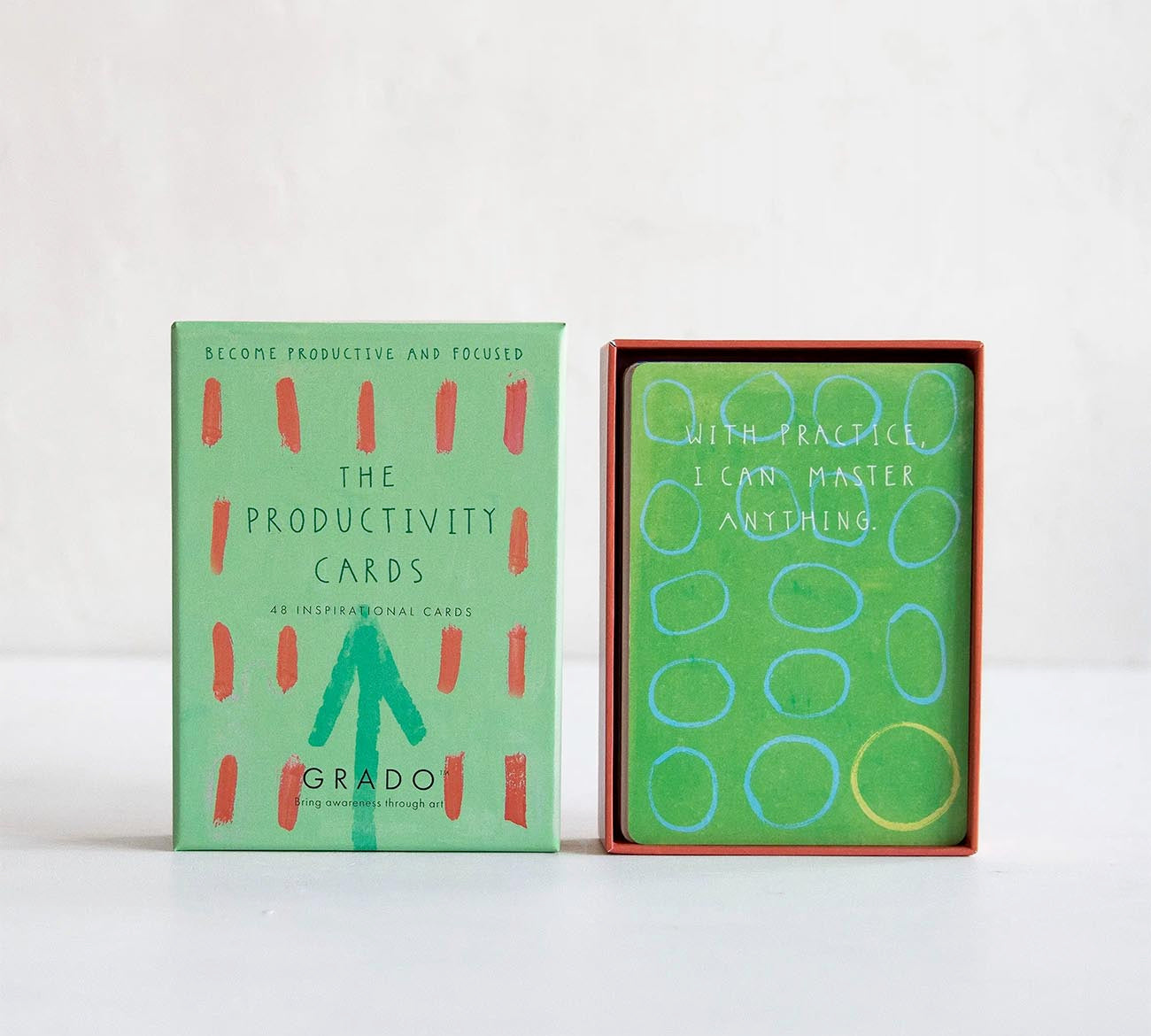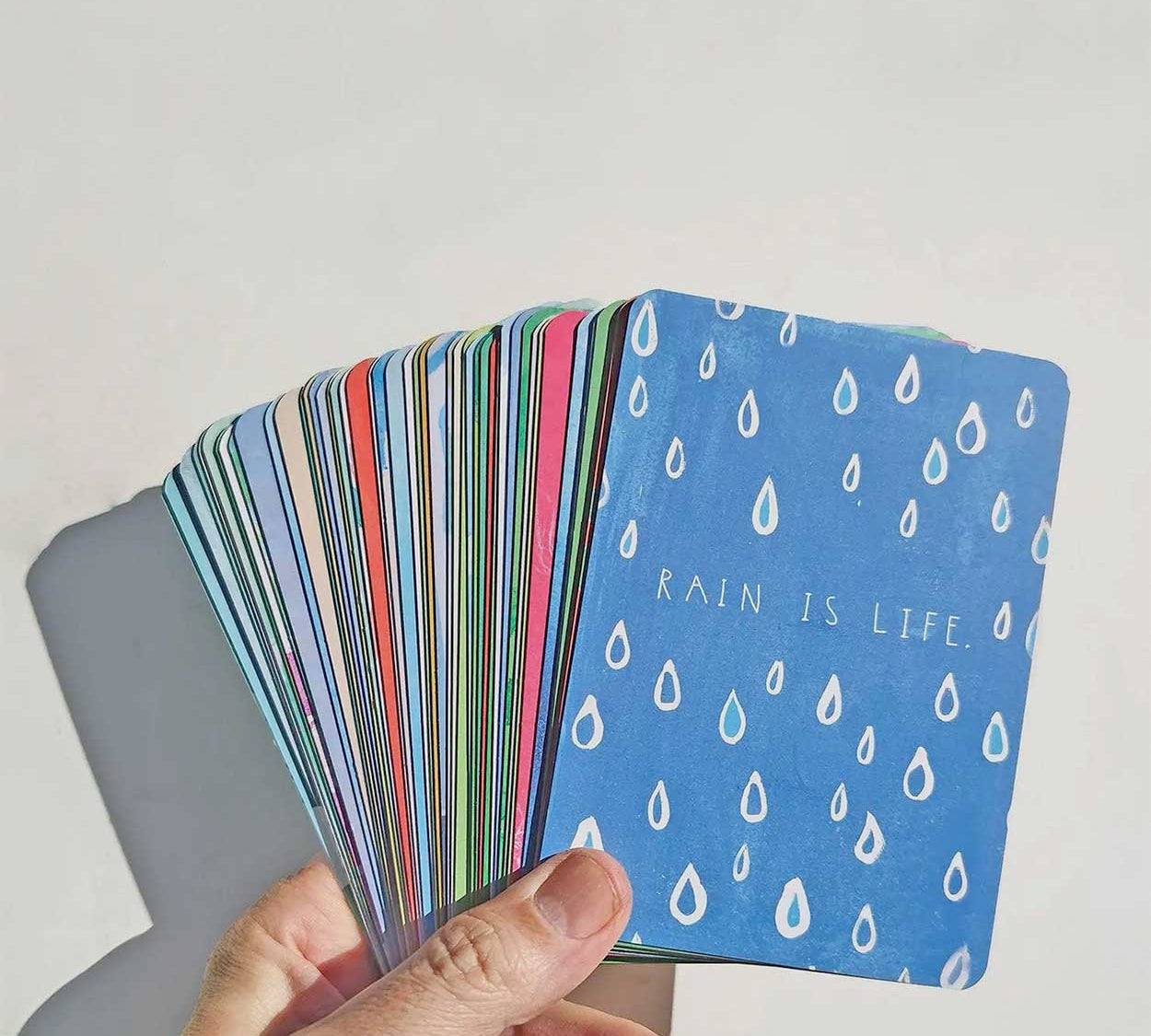Daily Planner and its history
The first daily planners were not like the ones we use these days. Physically, they could be the objects with a low degree of resemblance to the modern notebooks. However, these products still functioned as the daily planners. Let us follow the development stages of the daily planners from the ancient times to the present days.
Clay tablets are a prototype of the first planners
The first artifacts with the features closer to the planners were found in 1961 in Romania.Scientists found the tablets as old as at least 7500 years of age. Later, similar clay tablets were spotted all over the world.
Not all notes could be read, but scientists are confident in many cases that the clay tablets were used to register debts, as well as incomes and expenses of the tablet’s holder.
These arguments could already evidence for the fact that a planner was useful, first of all, for businessmen who wanted to monitor and control their business.
Debut of present-day planners
1650 is considered to be an official date of the first modern daily planners.The Italians from Bergamo, a sunny city, created the first planners. And at that time the planners received their present-day name – agenda, literally meaning things which should be done.
Italy was both the homeland for the planners and the first manufacturing and trading site for the books to write down daily activities. Bergamo remained to be the global manufacturing center for the most popular planner brands for several decades.

Daily planners in XIX-XX centuries
Speaking about the modern times, it should be noted that planners became an inseparable part of any businessperson in XIX-XX centuries.
Earlier, a planner was a symbol of its holder’s status, although these centuries a businessman, a politician, or any other public figure with no notebook was considered to be ill-mannered and non-professional.
It was extremely fashionable to have a planner. There was a wide variety of daily planners those days.The market boomed with various binders, covers, and inside pages.

Daily planners today
Today, the paper is believed to be a thing of the past, and physical planners are replaced with e-calendars and organizers, although paper planners are still relevant and remain to be popular products in the market of business emblems.
A daily planner is something that everyone needs to preserve and enhance their efficiency, to appreciate the importance of time and resources. A planner of high quality is still a symbol of good manners and could make an impression. It means it could be bought for oneself or as a respectable and useful gift.
Some planner users put their affirmations there – positive statements with the focus on something a person needs and changing the way of thinking and believes in a positive manner. This idea became very popular thanks to a book The Secret written by Rhonda Byrne.



